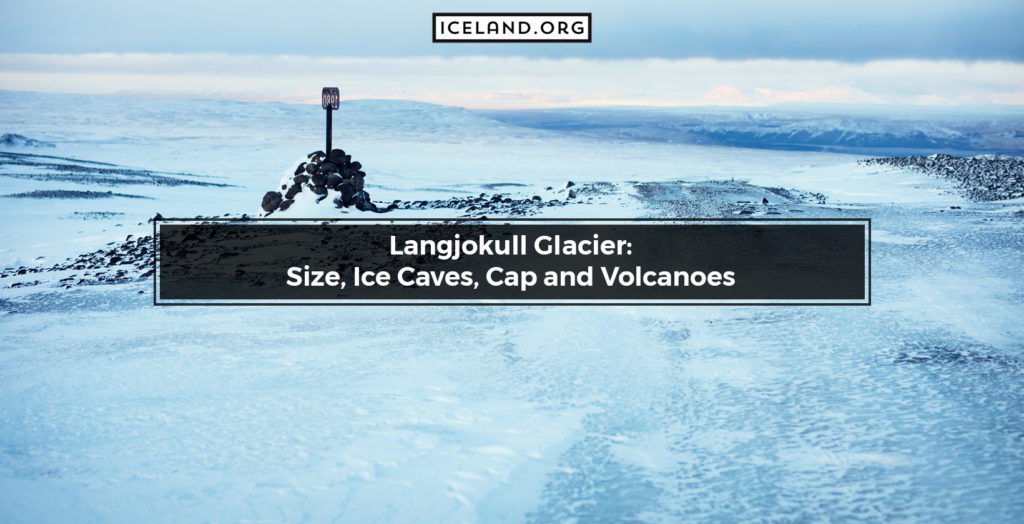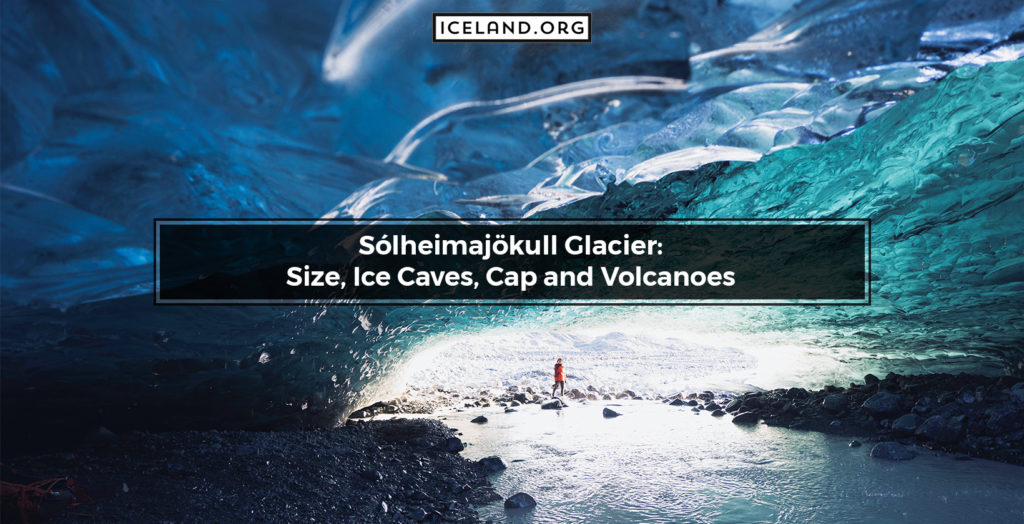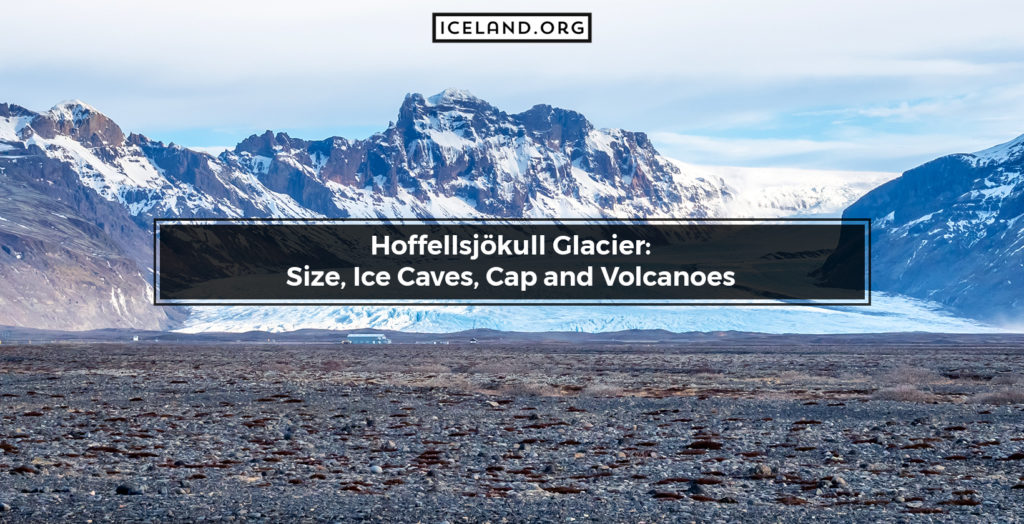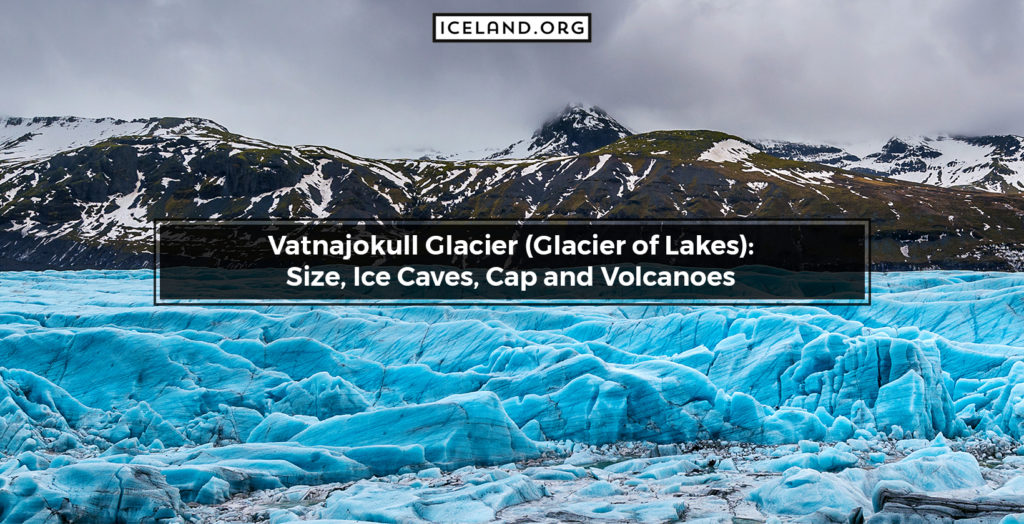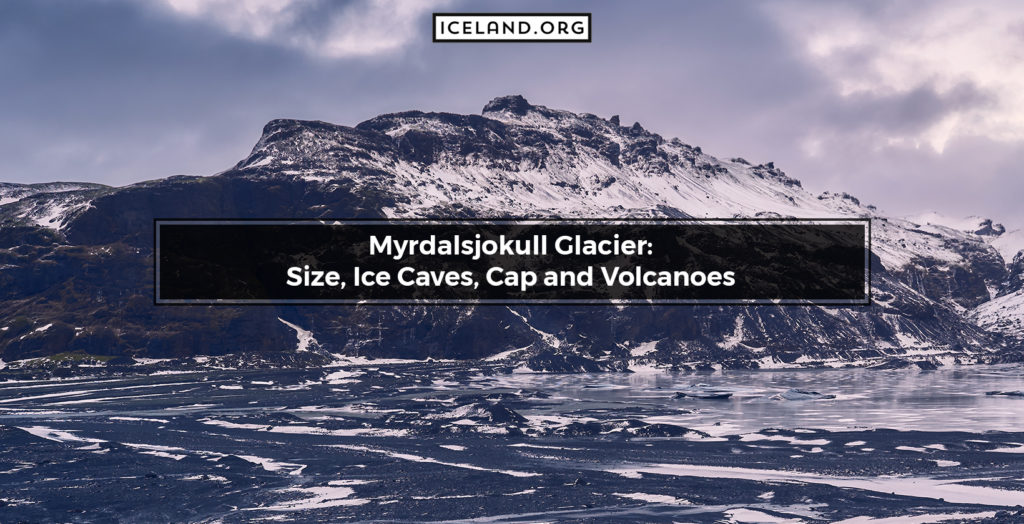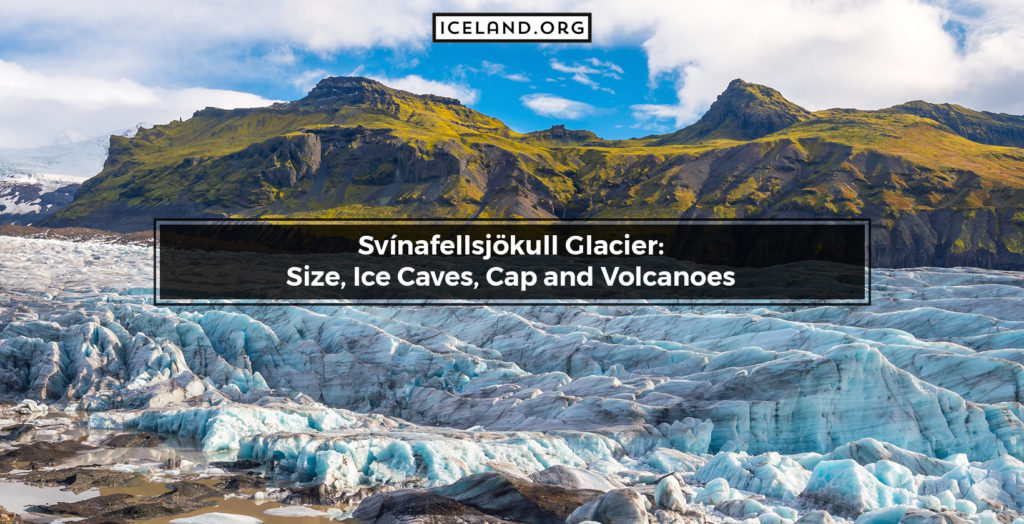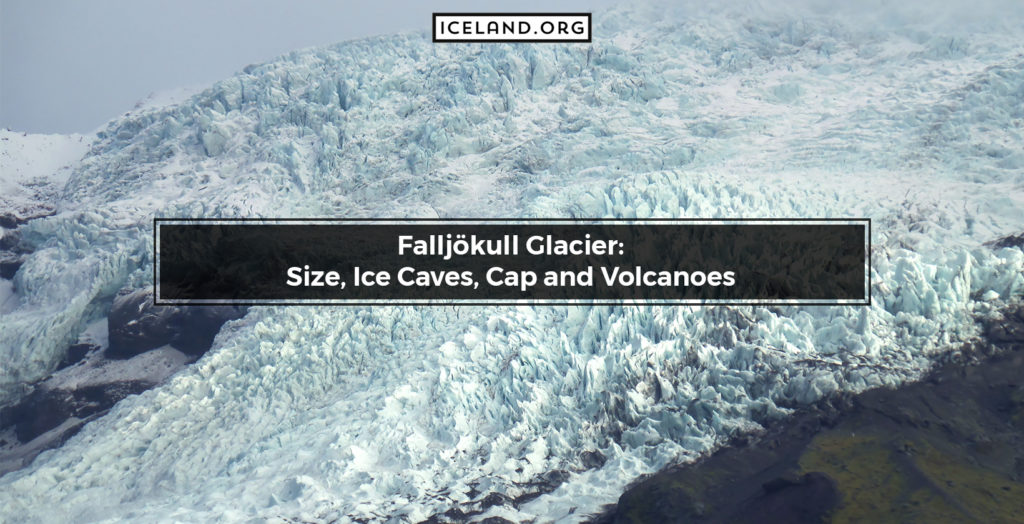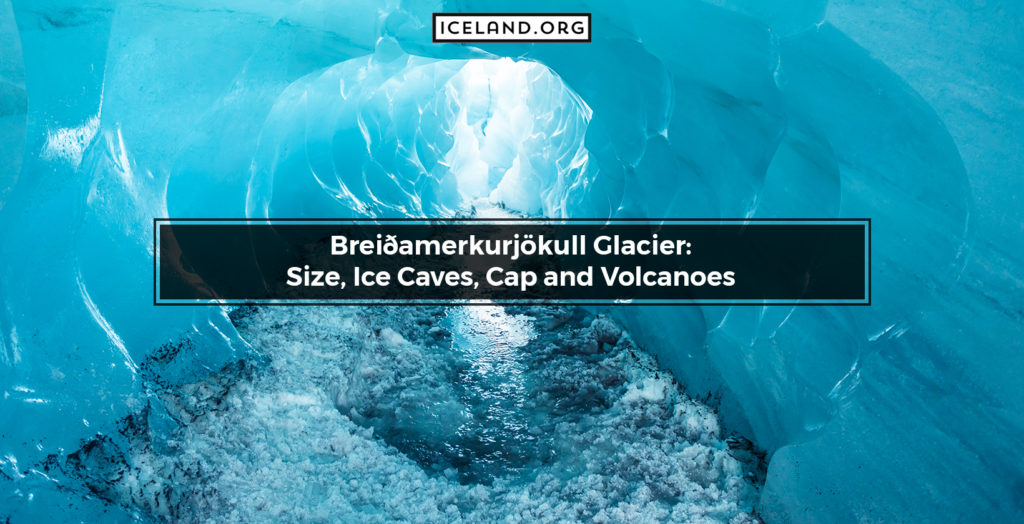Fláajökull is a small glacier tongue found on the east side of the Breiðabunga volcano. The Fláajökull stretches down from Iceland’s ice cap Vatnajökull in southeast Iceland. Its name, Fláajökull, is derived from flár which means “slope” in Icelandic. It has also been referred to as Hólmsárjökull, Mýrájökull and Hólsárjökull.
Using the GPS coordinates for Fláajökull glaciers, which are 64.365346°N and 15.652259°W, the distance from Fláajökull to Reykjavík is approximately 305 kilometers. The height of Fláajökull glacier is 1,368 feet. During the last one hundred years it has had an area of 2 kilometers, which has been lowered by about 250 meters within the last 130 years. The area is an excellent destination for all who are interested in witnessing the movement of the glacier shapes that surround landscapes.
Tours in the Fláajökull glacier are provided by private travel companies. However, tourists can also drive for 40 kilometers on the road from Höfn town. Höfn is the nearest city to the Fláajökull glacier. Tourists can enjoy a great tour of the Fláajökull glacier in Iceland. Along the journey, enjoy the artistic ice sculptures formed by nature. A certified tour guide can help tourists walk through the tongue of the glacier with a safety briefing.
What is the Size of Fláajökull Glacier?
The size of Fláajökull glacier is as follows: It has a height of 1,368 feet and 15 kilometers of length. This glacier is bigger than the Skaftafellsjökull glacier, but it has an absolutely stunning landscape. In the last 130 years, the area of Fláajökull has been lowered by about 250 meters. It now has an area of 2 kilometers. The Fláajökull glacier is bigger than Skaftafellsjökull and is around 10 kilometers in length. It is practically a 2.5 kilometer wide glacier slide in the southeast of Iceland.
What is the prominence of Fláajökull Glacier in Icelandic Culture?
There are a number of special days in Iceland that celebrate a range of occasions. Winter is the most important season since the glaciers influenced Iceland’s culture and form a big part of the lives of Icelanders. Glaciers are very symbolic for Icelanders. Some of the people who lived near Fláajökul glacier enjoy eating and a basic part of the Icelandic diet which includes fish, lamb and dairy products. They get fresh seafood. In addition, the electricity in Fláajökul is provided to the area via glacial rivers that are used to generate energy.
How to Hike Fláajökull Glacier
There is nothing to be concerned about when you are trying to reach the Fláajökul glacier. Hikers will enjoy the excellent view, and they can witness the movement of the glacier and the surrounding landscapes. The area offers spectacular views of the ever-receding glacier. When entering Fláajökull, a sign at the entrance warns of dangerously cold water and quick sand which is oftentimes covered with a thin layer of ice.
To hike to Fláajökull glacier, follow the signposts outside Hólmur guest house. There is a marked hiking path available that connects the Fláajökull area to the Haukafell forestry project; 8 kilometers down a gravel road before traveling down the Ring Road. Guided glacier hiking tours operate from the sea. Hikers do not have to worry about hiking at the Fláajökull glacier. It is simple and easy because the glacier is only a small area.
What are the Similar Glaciers in Iceland to Fláajökull Glacier?
Similar glaciers in Iceland to Fláajökull glacier are listed below:
- Skaftafellsjökull Glacier: Skaftafellsjökull is the most accessible outlet of Vatnajökol, which is the biggest mainland glacier in Europe. It is one of the glaciers that receives the most requests for guided tours. Skaftafellsjökull glaciers are located in Skaftafell National Park, which is in-between Höfn and Vik of Southern Iceland. The surroundings of Skaftafell are worth stopping at while touring the Skaftafellsjökull glaciers. Fláajökull and Skaftafellsjokull are both located in Vatnajökull.
- Svínafellsjökull Glacier: Svínafellsjökull is also known by its nickname, the “pig mountain glacier.” The age of Svínafellsjökull is estimated at around 1,000 years. Hikers, as well as anyone interested in ice caves, consistently rank the Svínafellsjökull glacier as a top destination due to its one-of-a-kind structures and its fantastic formations. It is probably one of the most popular glaciers in Iceland.

